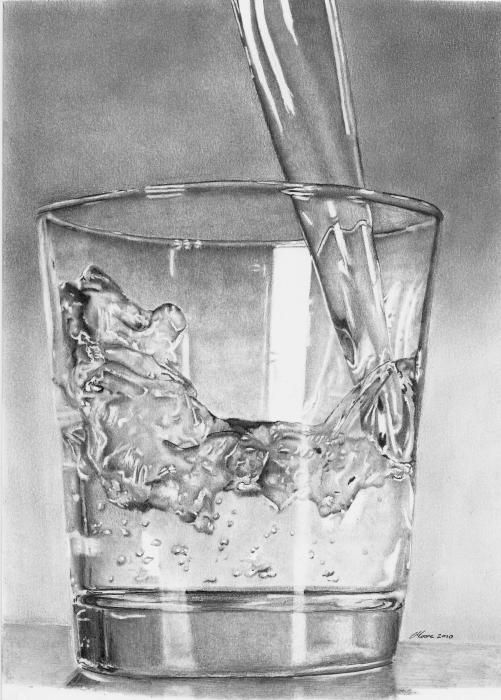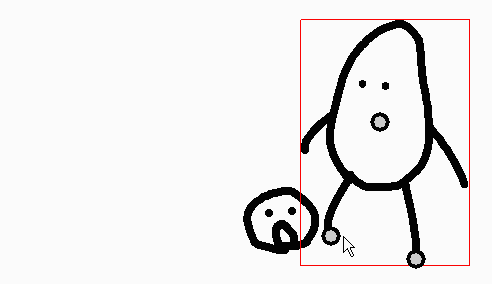Transparency boredart
Table of Contents
Table of Contents
If you’re an artist or just learning to draw, you may have found drawing glass objects to be a challenging task. However, with the right techniques and practice, it is possible to create realistic and stunning glass drawings that capture the light and translucency of the material. In this post, we will cover how to draw glass objects and related keywords to help you master this skill.
Pain Points of Drawing Glass Objects
Drawing glass objects can be frustrating, especially when trying to capture the reflections and transparent quality of the material. Additionally, it can be challenging to create convincing shadows and highlights while maintaining the smoothness of the glass surface. These pain points can lead to a reluctance to draw glass objects and a lack of confidence in the final result.
Answer to How to Draw Glass Objects
The first step in drawing glass objects is to understand their shape and form. Analyze the object and its surroundings, paying attention to the reflections, highlights, and refractions it produces. Use a light source to identify the areas of light and shadow and create a basic outline of the object. Start to layer shading by creating smooth gradients and adding texture where needed. Use pencils with different lead grades to create the desired effect, and make sure to blend the colors and tones seamlessly for a realistic look.
Summary of the Main Points
When approaching how to draw glass objects, it’s essential to pay attention to the shape, form, and surrounding reflections. Start by drawing an outline, then layer shading to create a realistic and seamless effect. Use different pencil grades and blending techniques for the best result.
Step-by-Step Guide to Drawing Glass Objects
When I first started learning how to draw glass objects, I struggled with capturing the smooth texture and reflections. However, through practice, I developed techniques that helped me create more convincing and realistic drawings. Here are the steps I follow when drawing glass objects:
 1. Start by outlining the object’s shape and form. Use light strokes to sketch the basics while keeping an eye on the surrounding reflections.
1. Start by outlining the object’s shape and form. Use light strokes to sketch the basics while keeping an eye on the surrounding reflections.
2. Start to layer shading by creating gradients from dark to light. Pay attention to the areas of highlight and shadow and use pencils with different lead grades to create depth.
3. Add texture to the surface of the glass object using light and repeated strokes. This will help create the appearance of a smooth and transparent surface.
4. Continue refining the shading until you’re happy with the appearance of the glass object. Use blending techniques to create a seamless transition between tones and colors.
 Different Techniques for Drawing Glass Objects
Different Techniques for Drawing Glass Objects
While the basic steps for drawing glass objects remain the same, there are different techniques that you can use to create different effects. Here are a few:
1. Grid method - This method involves dividing the object into grids and focusing on each grid individually. It helps maintain proportions and creates a more accurate representation of the object.
2. Negative space drawing - Instead of focusing on drawing the object, this technique involves drawing the space around it. This helps create the illusion of the object’s shape and form instead of directly drawing it.
Understanding Light and Reflections in Glass Objects
Light and reflections play a crucial role in creating a realistic glass object drawing. Understanding how light interacts with the object’s surface can help to capture its translucency and reflections. Pay attention to the light source, shadow areas, and surrounding objects, and use graphite pencils of different lead grades to capture the subtle variations in tone and color.
Creating the Illusion of Transparent Glass
Transparent glass can be a challenging surface to draw as it requires capturing the underlying structure of the object. Pay attention to the reflections and shadows caused by the surrounding objects, and use light and gentle strokes to create a smooth and transparent effect.
Question and Answer Section
Q: What pencils should I use for drawing glass objects?
A: Use graphite pencils of different lead grades to create the desired effect. Use softer pencils for darker areas and harder ones for lighter areas.
Q: How do I create reflections in a glass object?
A: Look at the surrounding objects and light sources to understand the reflections produced by the object. Use light and gentle strokes to create a smooth and transparent effect.
Q: What texture should I use for glass objects?
A: Use light and long strokes to create a smooth and transparent texture on the glass object’s surface.
Q: How do I create shadows on glass objects?
A: Use graphite pencils of different tones to create the shadows on the glass surface. Pay attention to the areas of light and dark and adjust accordingly.
Conclusion
Learning how to draw glass objects takes practice and patience. However, with the right techniques and understanding of light, reflections, and shadows, it’s possible to create stunning and realistic glass object drawings. Follow the steps outlined in this post and experiment with different techniques to find the style that works best for you.
Gallery
Pin By Lorie Cochran On Realistic Tekenen | Colorful Drawings

Photo Credit by: bing.com /
How To Draw Glass And Transparent Objects – Learn More - Bored Art

Photo Credit by: bing.com / transparency boredart
How To Draw Glass And Transparent Objects – Learn More - Bored Art

Photo Credit by: bing.com /
How To Draw Glass And Transparent Objects – Learn More - Bored Art

Photo Credit by: bing.com / draw glass pencil drawings drawing realistic 3d colored objects color transparent pencils instagram artwork artist painting amazing disegni sketches learn
Draw Glass | Graphite Art, Pencil Art Drawings, Shading Drawing

Photo Credit by: bing.com / glass pencil drawing





